How to grow Corydalis
Corydalis is a vast genus of over 300 species of annual, biennial, and perennial flowering plants. It is recognisable for its tubular flowers (often in vivid shades of blue and yellow, though white and pink cultivars are also available), and delicate ferny foliage. Corydalis belongs to the poppy family, within which it is most closely related to fumaria and dicentra.
While size, habit, and cultivation requirements vary hugely across the species, most of those available to UK gardeners tend to be of the short, woodland variety, rarely exceeding 40cm. They demand a moist, partially shaded spot with protection from the hot summer sun (and in fact are known to struggle in temperatures above 25°C). Some species, particularly Corydalis flexuousa and its cultivars, may even go dormant in the summer to avoid the heat.
Corydalis is valued for its prolific and long flowering period (up to six months of the year), delicate, jewel-like blooms, and colonising tendencies. Once established in a garden it has a wonderfully robust knack of spreading itself about either by stolons or seed, or both (depending on the species).

Key Information
Position
Soil Conditions
Hardiness

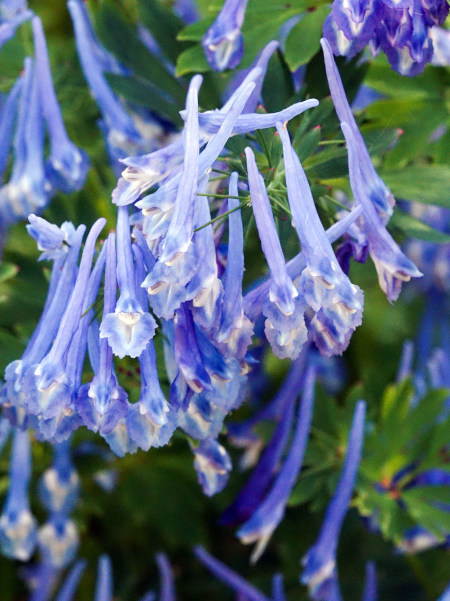
Where & when to plant Corydalis
For best results, plant in autumn or spring. An autumn planting can be done by those gardening in mild conditions (and broadly speaking, this is the southern half of the UK). For those liable to very cold winters, it is best to wait until spring (generally the northern half of the UK). Planting can also be carried out in summer, though be prepared to water regularly.
Corydalis is ideal for a reliably moist, partially shaded spot such as a woodland garden, the base of a wall, underneath shrubs or roses, or in a damp meadow. Avoid the two extremes of poor, dry soil, and soil prone to winter waterlogging. Corydalis may also be grown in a container, providing it is watered regularly.
How to plant Corydalis
In the ground
- Clear the chosen area of weeds.
- Dig a planting hole several times larger than the root ball. It is a good idea to mix in plenty of well-rotted organic matter at this stage.
- Place the plant in the hole, ensuring the top of the root ball sits level with the surface of the soil. Too low and the plant may rot, too high and the roots can dry out.
- Backfill with soil and firm in gently.
- Soak well with water.
- Mulch with well-rotted organic matter.
In a container
- Choose an appropriate container, ensuring there are plenty of drainage holes in the bottom.
- Use a good quality potting compost with some horticultural grit mixed in, and, if not already present in the compost (check the description on the bag) some slow-release fertiliser granules.
- Start by partially filling the pot with compost; enough so that when placed on it the upper surface of the root ball is about 3cm lower than the top of the pot.
- Infill all the space surrounding the root ball with compost, firming down with your fingers then adding a little more so the plant is held tight.
- Pick up the pot and lightly tap on the ground a few times to help further settle the compost around the plant.
- Soak well with water.
- A mulch with horticultural grit will look attractive and help to prevent a ‘cap’ or crust forming on the top of the compost (something container plants can suffer due to the artificial nature of their watering).
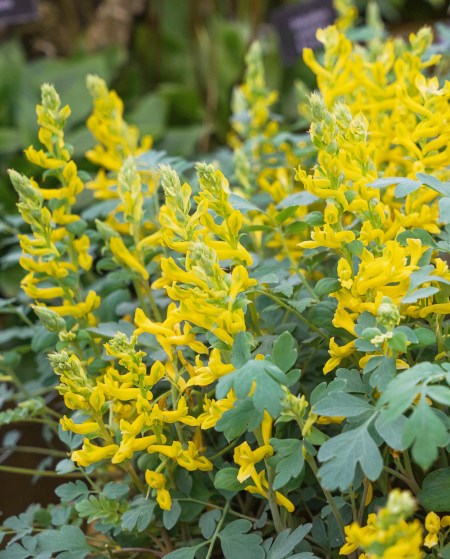
What to plant with Corydalis
If you have the kind of cool, moist, partially shaded spot loved by corydalis, you also possess the ideal conditions for equally exquisite meconopsis and Fritillaria meleagris, as well as ferns such as adiantum, phyllitis and blechnum. Your own little patch of verdant paradise awaits!
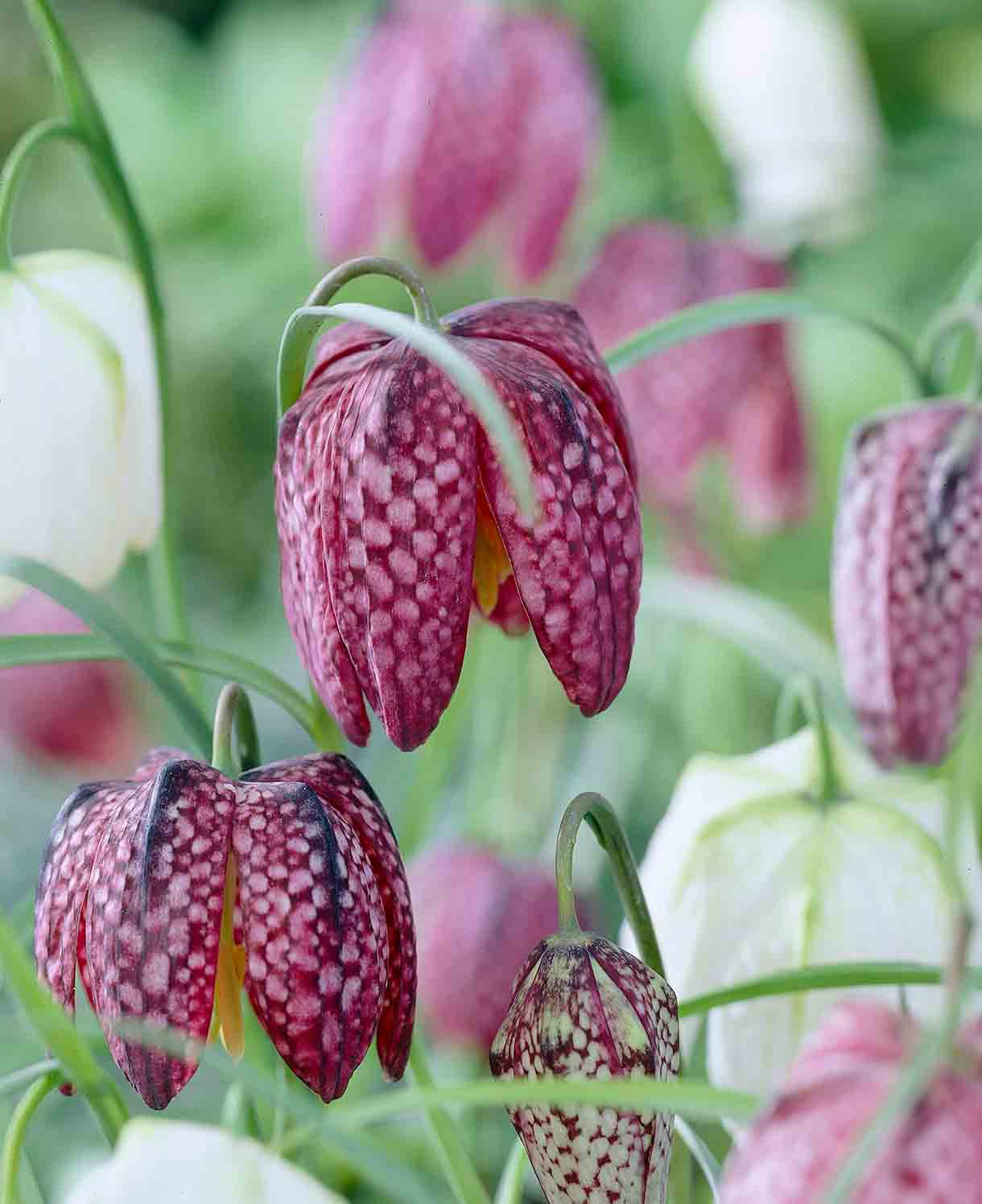
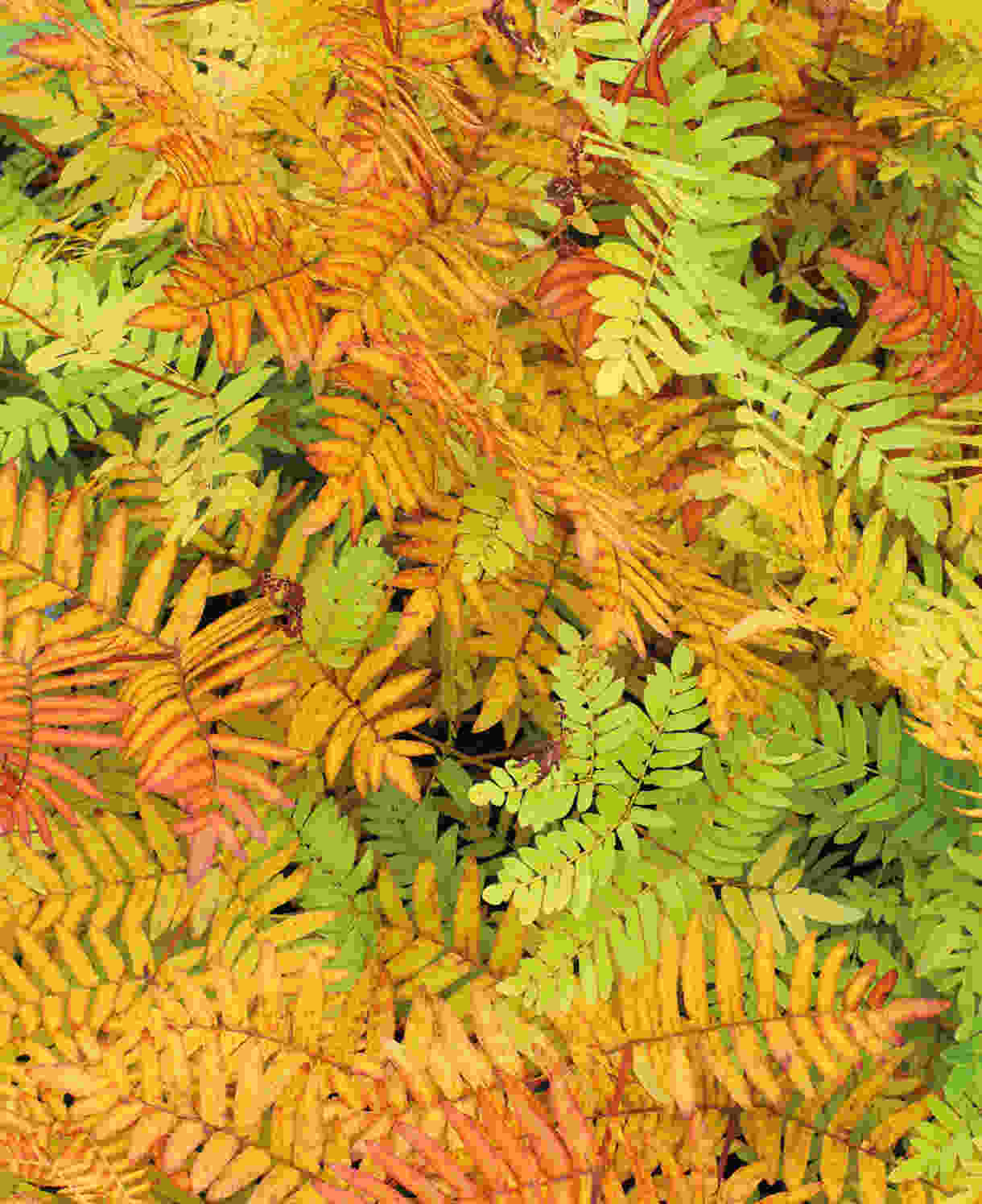
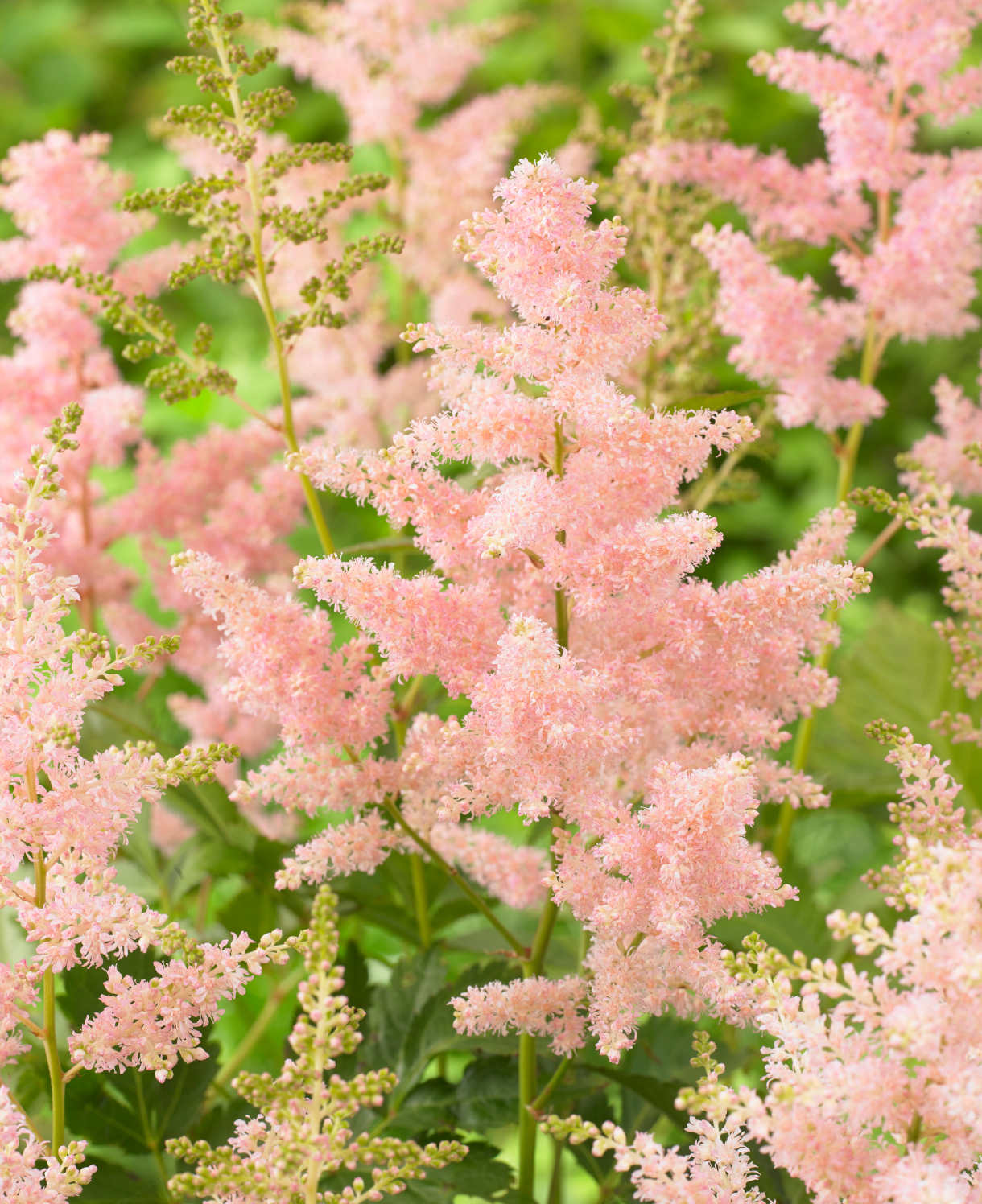
How to care for Corydalis
Pruning and Deadheading
The delicate growth of corydalis will die back naturally, meaning there is no need for pruning.
Watering
Water plants until established, and then in very dry periods thereafter. Corydalis does not like to go thirsty, and even those which have entered a period of summer dormancy need to be kept moist.
Cold Protection
All of the corydalis currently sold by Hayloft are hardy to between -10°C and -15°C, meaning they should easily come through the average UK winter without the need for additional protection.
Pests and Diseases
Corydalis tends to be largely pest and disease free, though you may find slugs and snails develop a taste for its leaves, particularly when newly planted. Encouraging natural predators into your garden, such as birds, frogs, toads, and hedgehogs, will make a big difference. Torchlight searches after dark (when slugs and snails are at their most active) are also effective, allowing you to collect the offending molluscs in a bucket. Place on the compost heap, or in a part of the garden containing less vulnerable plants.
Like most plants, once corydalis is well established it tends to be better able to tolerate the actions of slugs and snails without the need for intervention.
How to propagate Corydalis
The most effective way of propagating corydalis is by dividing existing clumps in autumn (best done every three or so years). As well as providing new plants, this also maintains the health and vigour of existing specimens and can be a means of controlling their spread.
- Avoid frozen or very wet conditions.
- Dig the plant out of the ground.
- Shake off any excess soil.
- Separate the plant into sections using either swift, cutting blows with a sharp spade, or two forks inserted back-to-back with tines touching, handles then pushed together to prise the plant apart.
- Discard old, damaged, or surplus pieces, keeping healthy, vigorous material.
- Replant selected pieces where desired.
- Water well until fully established.
Common Corydalis questions
- Can you grow corydalis in pots?
You can, though you will need to be mindful of its need for consistent moisture. It is also important to be aware that pots can heat up quickly in the summer sun (remembering the preference corydalis has for cooler conditions at this time of year, as explained in ‘Overview’). We therefore recommend locating your container in a spot with morning sun and afternoon shade. - Is corydalis an annual or perennial?
It can be either, depending on the species! All those currently sold by Hayloft are perennial.




